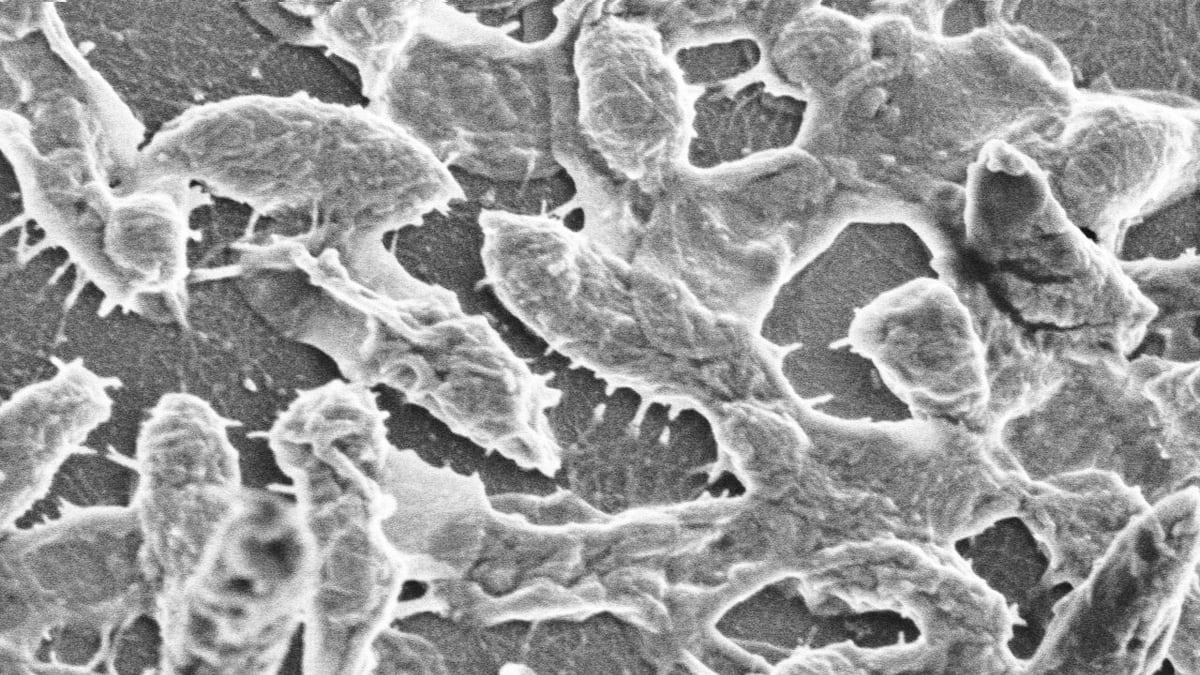Archive
UTMB-Galveston / AP Photo
Necrotizing Fasciitis, Blinding Larvae & More Scary Diseases
Good Luck Sleeping Tonight
Shellfish that can kill you in 30 minutes, ‘penis fish,’ and other medical nightmares. By Casey Schwartz.

Trending Now
Crime & JusticeUnshaven Luigi Mangione Shows Signs of Stress in Court
Crime & JusticeLuigi Mangione Judge Married to Former Healthcare Exec





